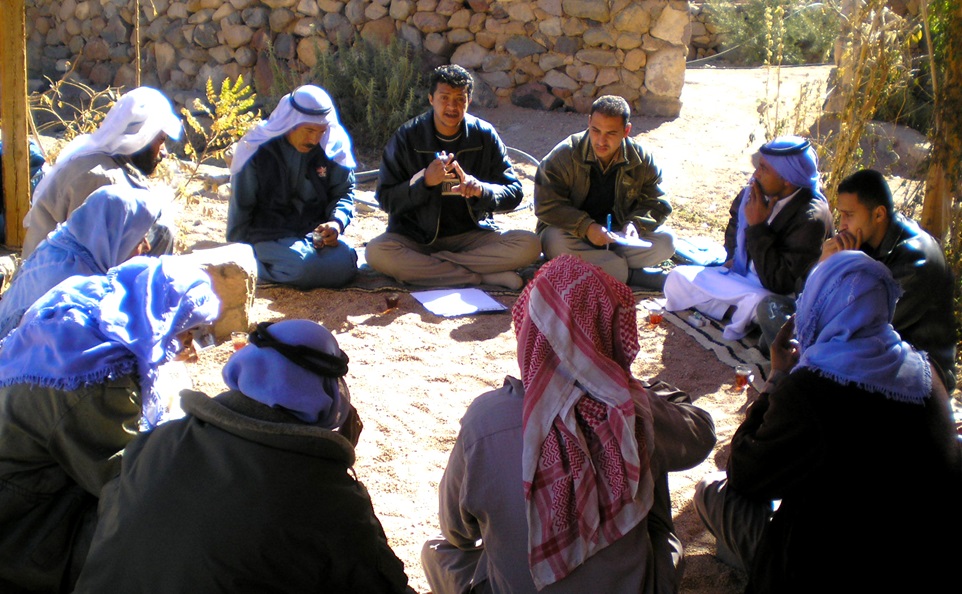Involvement of Local Community in conservation Planning
Community Involvement
Karim Omar
Community Involvement 2
Karim Omar
Community Involvement 3
Karim Omar
The local communities that are located inside Protected Area suffer from some restrictions on the use of natural resources, which they believe are their property and right, and that they are the people of the place before the establishment of the PA. Usually, restrictions on the use of natural resources are for the purpose of protection and reducing pressures, which may affect the livelihood of some members of the local community, which they consider a process of denial of their rights. The local community owns cultural wealth that has been passed down from generation to generation on the optimal use of resources, their protection, and their propagation in simple ways. Involving that community in planning processes to protect natural resources will remove many of the penalties, whether for the management of the PA or for the community itself. Traditional knowledge is a hidden treasure that can be used to improve the state of natural resources and enhance the local community's sense of ownership and importance in protecting its resources, which will support the sustainability process and reduce disturbances
Those in charge of the selection process should map the community’s priorities in this area and points of contention, and identify influential community leaders, heard and loved by their community.
Several initial meetings should be held with community leaders, discussing them and asking for their support to mobilize community participation.
We should go to them in their areas and hold community assembly meetings to elect local representatives to coordinate conservation program activities
We learned that the local community and its traditional knowledge is a scientific wealth that should never be wasted.
The process of selecting representatives of the local community should be considered carefully, taking into account the conflict between tribes and avoiding the involvement of two dissenting parties.
Alternative opportunities must be provided when the community is prevented from some of its activities for the purpose of conservation
They should be made aware that they have the power to decide and allow communities to prioritize and select quick-impact projects to strengthen support and stimulate local participation.
